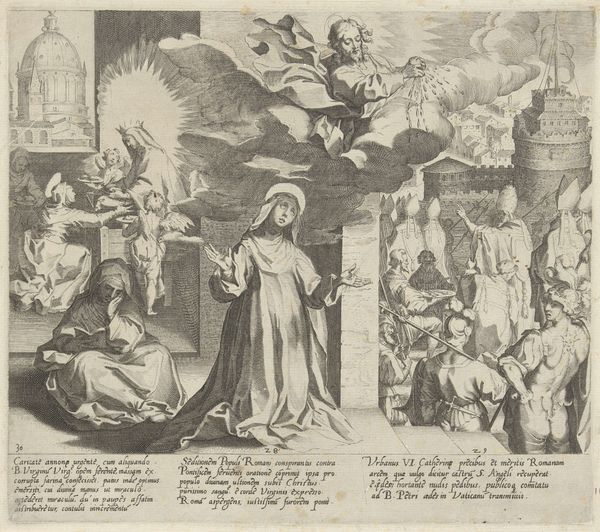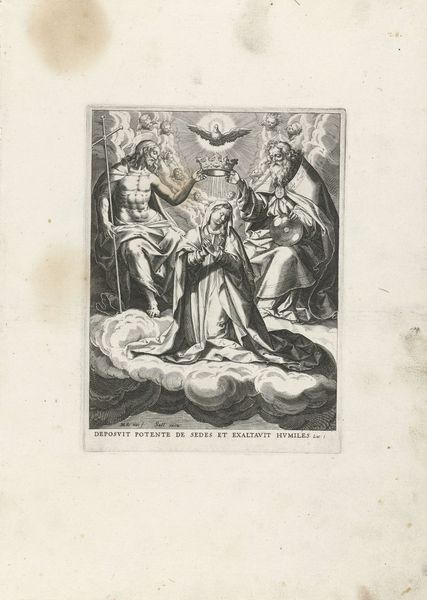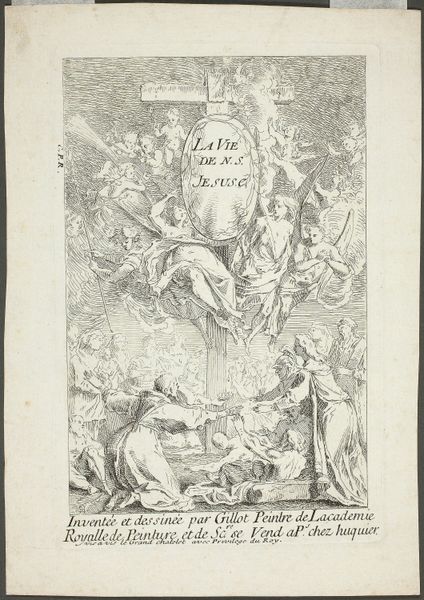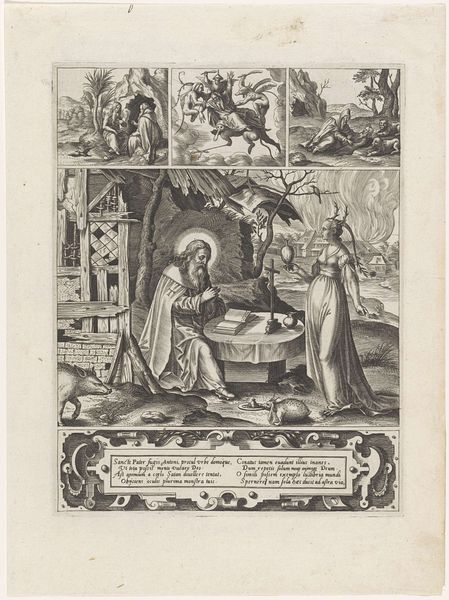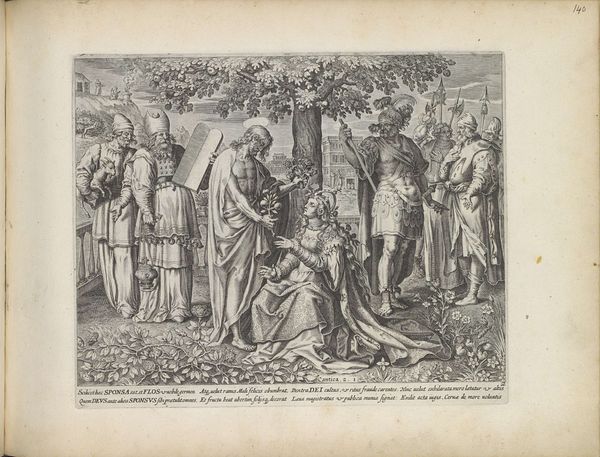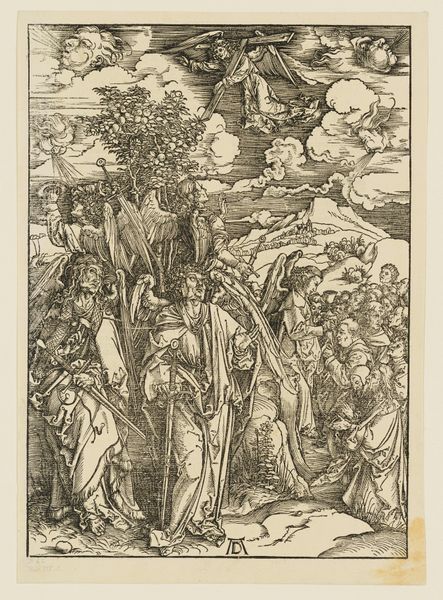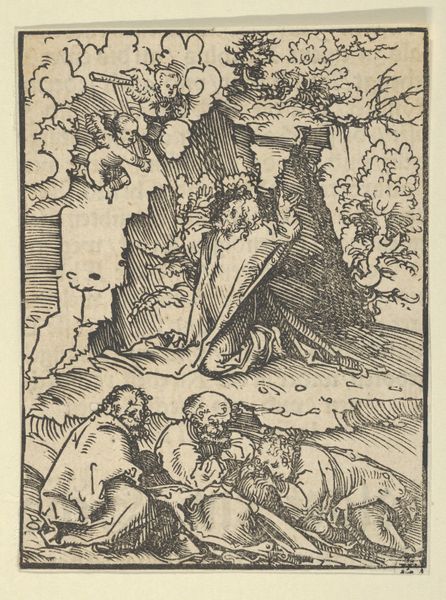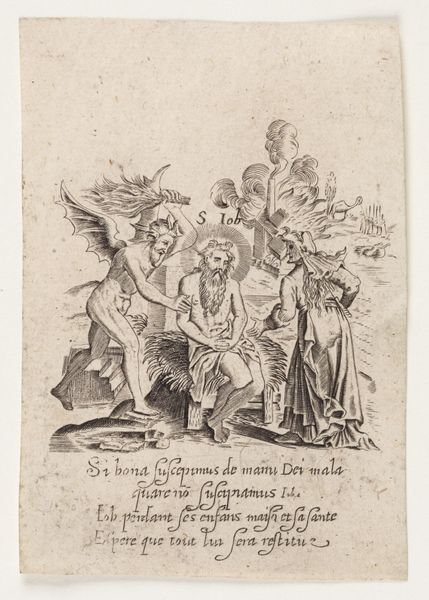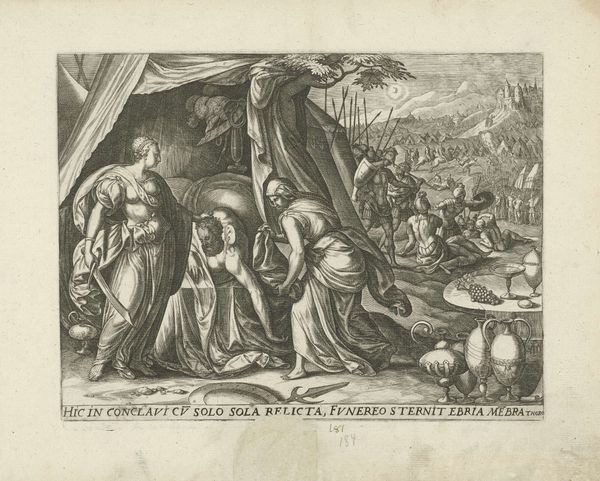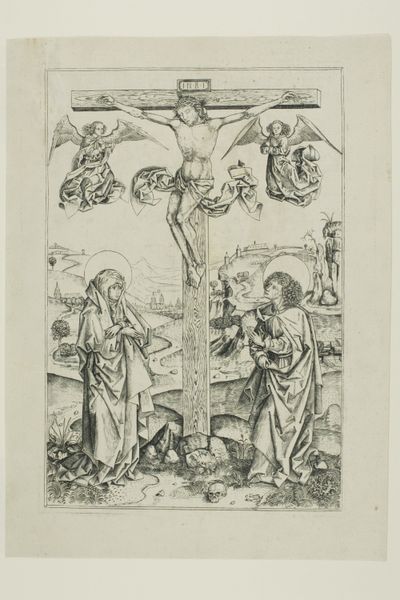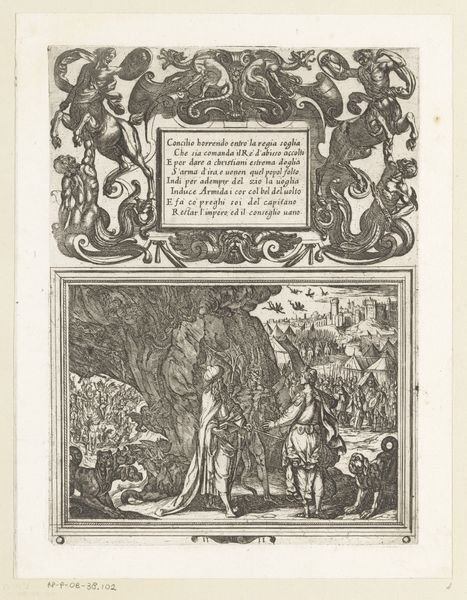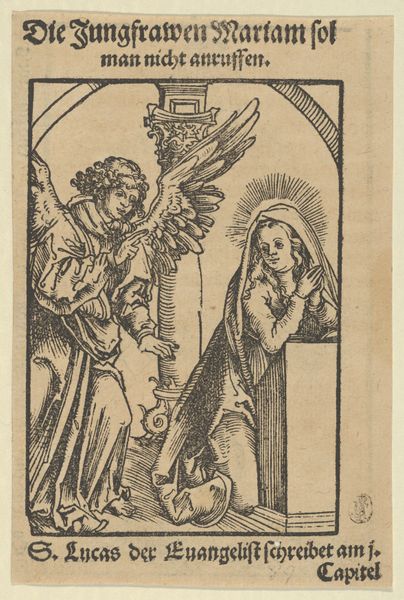
Vignettes pour les "Tablettes historiques, topographiques et physiques de Bourgogne" 1755
0:00
0:00
drawing, print, paper, ink, engraving
#
portrait
#
drawing
#
baroque
# print
#
paper
#
ink
#
engraving
Dimensions: sheet #1: 4 5/16 x 4 13/16 in. (11 x 12.3 cm) image #1: 3 3/4 x 4 3/16 in. (9.5 x 10.7 cm) sheet #2: 4 x 2 3/16 in. (10.1 x 5.5 cm) image #2: 3 11/16 x 1 15/16 in. (9.3 x 4.9 cm) sheet #3: 4 1/8 x 2 5/16 in. (10.5 x 5.9 cm) image #3: 3 11/16 x 1 15/16 in. (9.3 x 4.9 cm) sheet #4: 4 x 2 3/16 in. (10.2 x 5.5 cm) image #4: 3 11/16 x 1 15/16 in. (9.3 x 4.9 cm)
Copyright: Public Domain
These are pen and brown ink drawings by Gabriel de Saint-Aubin, made in France in 1774 as preparatory sketches for book illustrations. They offer a glimpse into the visual culture of the late 18th century and the ways in which images were used to convey information and ideas. Saint-Aubin’s vignettes use visual codes to represent power, authority, and place. Allegorical figures such as angels and putti, along with symbols like crowns and heraldic crests, were part of the visual vocabulary used at the time to communicate complex ideas about identity and status. The images reflect the hierarchies of the Ancien Régime, with its emphasis on aristocratic privilege and divine right. To fully understand these drawings, we need to look into the history of the book for which they were made, the cultural context in which they were produced, and the institutions that supported their creation. Research into the history of Burgundy, the life of Saint-Aubin, and the publishing industry of 18th-century France, will allow a deeper appreciation of the social meanings embedded in these images.
Comments
No comments
Be the first to comment and join the conversation on the ultimate creative platform.

